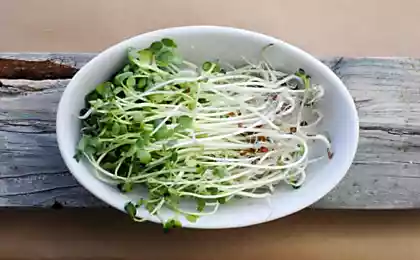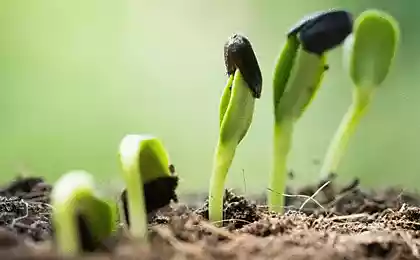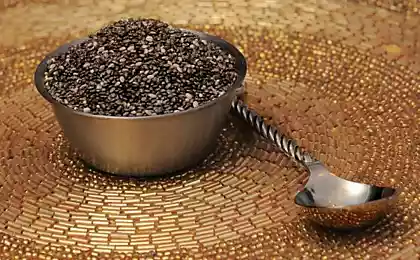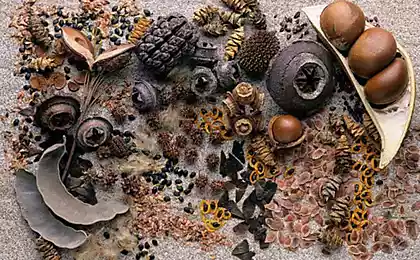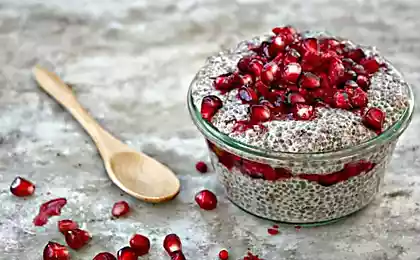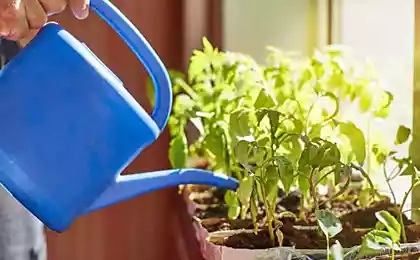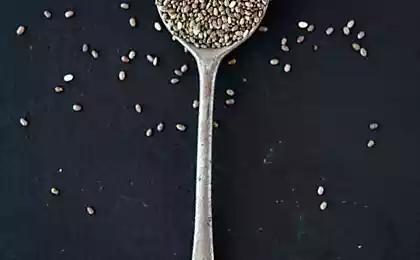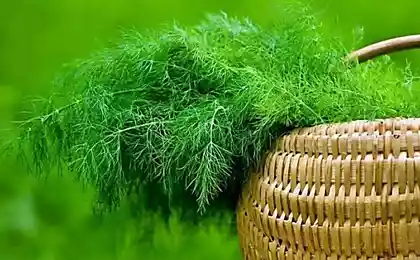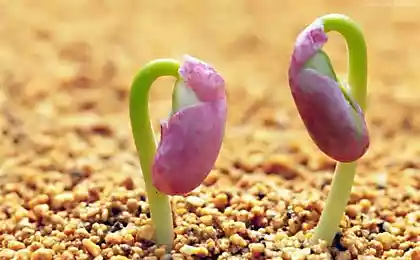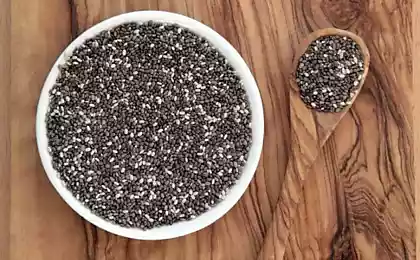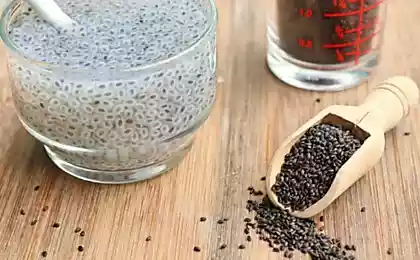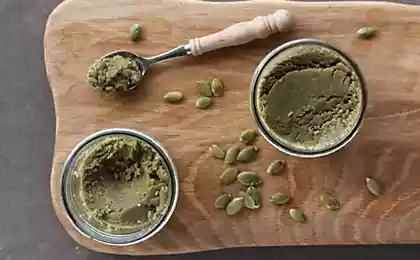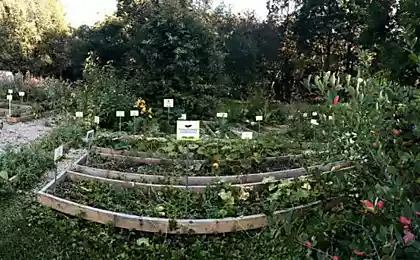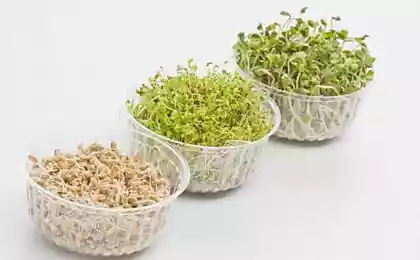564
5 of the most relevant questions and answers about seeds
The time approaches for planting the seedlings of some crops. Buy seeds and certainly related variety of important problems whose solution will largely determine future harvest. No wonder the proverb says: "From a bad seed do not wait for a good tribe."
Most issues arise, of course, for novice gardeners. But for experienced gardeners sometimes have difficulty because the market is volatile and the technology is not standing still. Today we will talk about the most common issues related to the selection and purchase of seeds.
How to determine the right amount of seeds?First of all, going to the store, you have to determine number of seeds. To make an approximate calculation, you need to know how many beds, what area and what kind of plants you will sow. On this basis, calculate the required number of seeds.
I will give a seeding rate in grams for some of the most common crops; for 10 square meters seeded:
How to determine the seed weight when the number on the package in pieces?The size of seeds and vegetable plants are divided into:
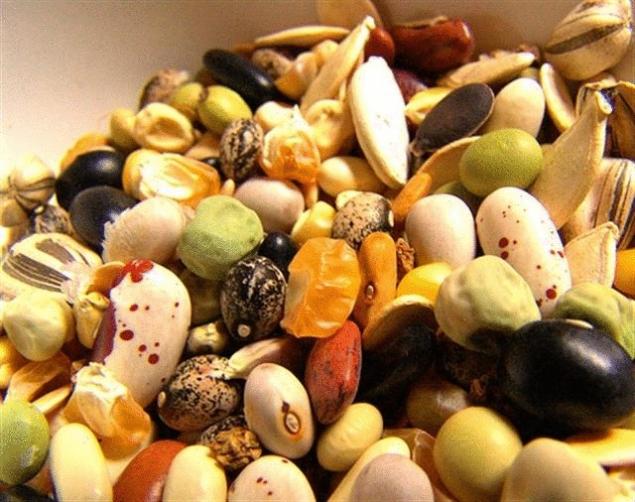
Seed size is of great practical importance. Large seeds consumed more small less. Variety and depth of their embedment in the soil at planting: very large and large buried to a depth of 3-4 cm, medium size — 2-3 inches, shallow – no deeper than 1 cm. It is necessary to do the amendment on the mechanical composition of soil: light, sandy soils seeds are buried deeper than on heavy.
What are the criteria to choose varieties of vegetables?Each variety is characterized by many indicators:
Consider the period of ripening Varieties and hybrids of all crops conventionally divided into early, middle and late maturing, or late. Such a definition is established depending on the duration of the growing period of the growing season, which lasts from emergence to the start of the harvest. Plan ahead what crop and at what time you need to, and depending on that take the decision on varieties. Note, however, that late-maturing varieties of vegetable crops are more productive and accumulate more vitamins and nutrients than early maturing.
Choose released varietiesBefore buying seeds, it is necessary to find out whether the selected regionalized variety in your area, there will be enough summer heat for its cultivation. With the zoning in recent years is not all that simple: for the registration of new varieties and hybrids it is necessary to pay money, so many firms do not officially register new varieties and hybrids are not rionero them. So lean on my experience and the experience of their acquaintances, friends, neighbors, gardeners.
To guard against counterfeiting, buy seeds of different firms.
What is hybrid seeds, and what are their advantages?Experienced growers tend to purchase hybrid seeds. They are the result of directional selection from crosses yielding varieties with a variety of valuable biological and economic characteristics. Plant hybrid seeds is denoted by the letter F (from the initial letters of the Latin alphabet, indicating the translation "children"). Standing next figure indicates how much this generation.
Plants of the first generation F1 typically superior to the original parent for yield and other characteristics. This phenomenon is called heterosisand hybrids – heterosis. A heterotic hybrids zoned and are widely used in the production of vegetables.
Gardeners need to know that the seeds of this plant do not preserve properties of parents. Heterosis hybrid seeds every time you get a crossing maternal and paternal varieties or lines. This process is complicated and time-consuming, so hybrid seeds are more expensive varietal. In addition, the technology of hybridization and the selection of parents is the intellectual property of the breeder. And it also costs money.
How to conduct pre-sowing preparation of seeds?There are various ways of preparing seeds for sowing:
Disinfection of seedsis Carried out to prevent plant diseases, as well as many bacterial, fungal and viral diseases of vegetable crops are transmitted through seeds.
Experienced lovers growers decontaminate seeds of cucumber and tomato in 1% solution of potassium permanganate. 1 g of drug is dissolved in 100 g of water and kept the seeds in the solution for 20 minutes. After processing they must be thoroughly washed in clean water. This is the way to decontaminate seeds of zucchini, squash and pumpkin.
When the disinfection of carrot seeds and other root crops potassium permanganate solution , some experts recommend reducing the concentration of the drug 5 times, that is, to use 0.2 g of potassium permanganate per 100 grams of water (or 2 grams per bucket).
One of the methods of seed disinfection is a short-term heating seeds in hot water. Seeds of cabbage against Clubroot and fungal diseases is heated for 20 minutes in hot water at a temperature of +40 degrees Celsius. But don't overdo it, and then cook. After warm up, cool seeds, immersing them in cold water.
During the disinfection of seeds, observe safety rules and be careful. In addition, if the packet of seeds is a sign that they are already etched, or heated, or pelletized, the seeds are decontaminated do not need.
Seed treatmentAllows to destroy pathogens on the surface and inside the seed. In some cases, the treatment stimulates the physiological processes that occur during the germination of seeds and development of the young plants. For example, treatment of tomato seeds with a solution of potassium permanganate (potassium permanganate) not only increases the resistance of plants to viral diseases, but also meets the need of plants in trace element manganese.
Soaking and sprouting of seedsis Used to speed up germination or emergence. Soak the seeds at temperature +20...+25 degrees Celsius. This technique is especially effective when growing carrots, fennel, spinach, beet and cabbage.
Seeds are placed in burlap or a thick layer of gauze and placed in the vessel so that the water just covers them. The duration of soaking of seeds of carrots, tomato, beets, parsley – about two days; seeds of cucumber, zucchini, watermelon, cabbage, radish soak 12 hours. Before sowing soaked seeds are dried in the shade before the loose state.
For germination, spread a raw canvas or cheesecloth, which scatter the seeds with a thin layer. When afoot, more than 5% of the seeds, they are sown. Depending on the temperature, culture and quality of seed such a moment occurs from two to seven days. No need to wait for germs — when landing they can break off.
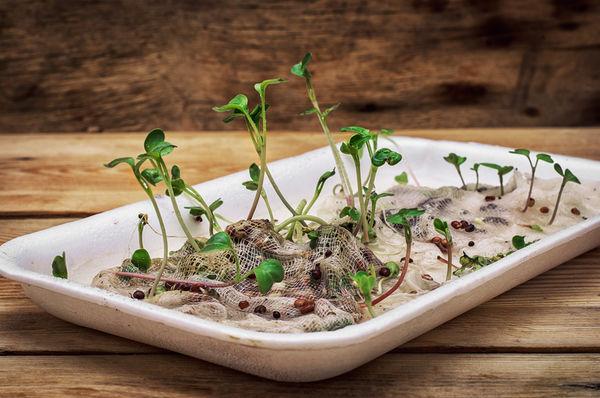
If sprouting and soaking seed of carrot and fennel water, it is desirable to frequently change in order to reduce the content of essential oils that inhibit germination. published
P. S. And remember, only by changing their consumption — together we change the world! ©
Source: www.7dach.ru
Most issues arise, of course, for novice gardeners. But for experienced gardeners sometimes have difficulty because the market is volatile and the technology is not standing still. Today we will talk about the most common issues related to the selection and purchase of seeds.
How to determine the right amount of seeds?First of all, going to the store, you have to determine number of seeds. To make an approximate calculation, you need to know how many beds, what area and what kind of plants you will sow. On this basis, calculate the required number of seeds.
I will give a seeding rate in grams for some of the most common crops; for 10 square meters seeded:
- seeds squash – 3-4 Gy
- carrots – 5-6 g,
- beet – 10-12 g,
- cucumber – 6-8 gr
- onion onion – 70 g,
- radish – 18-20 g,
- radish – 4-6 grams,
- turnip greens – 2 g,
- salad – 2-3 C.
How to determine the seed weight when the number on the package in pieces?The size of seeds and vegetable plants are divided into:
- very large — for example, pumpkins, zucchini, beans, beans, watermelon; in 1 gram of these seeds are up to 10 pieces;
- major — for example, cucumber, melon, radish, radish, beets; in 1 gram of these seeds are from 15 to 100 pieces;
- medium size — for example, cabbage of all kinds, tomato, pepper, eggplant; they are in one gram is from 150 to 350 pieces;
- small and very small — for example, carrots, parsley, lettuce, celery, turnips; in 1 gram of these seeds there are from 600 to 1,000.

Seed size is of great practical importance. Large seeds consumed more small less. Variety and depth of their embedment in the soil at planting: very large and large buried to a depth of 3-4 cm, medium size — 2-3 inches, shallow – no deeper than 1 cm. It is necessary to do the amendment on the mechanical composition of soil: light, sandy soils seeds are buried deeper than on heavy.
What are the criteria to choose varieties of vegetables?Each variety is characterized by many indicators:
- maturity
- yield,
- keeping quality,
- transportability,
- taste, nutritional and medicinal qualities
- resistance to diseases and pests
- and many other characteristics.
Consider the period of ripening Varieties and hybrids of all crops conventionally divided into early, middle and late maturing, or late. Such a definition is established depending on the duration of the growing period of the growing season, which lasts from emergence to the start of the harvest. Plan ahead what crop and at what time you need to, and depending on that take the decision on varieties. Note, however, that late-maturing varieties of vegetable crops are more productive and accumulate more vitamins and nutrients than early maturing.
Choose released varietiesBefore buying seeds, it is necessary to find out whether the selected regionalized variety in your area, there will be enough summer heat for its cultivation. With the zoning in recent years is not all that simple: for the registration of new varieties and hybrids it is necessary to pay money, so many firms do not officially register new varieties and hybrids are not rionero them. So lean on my experience and the experience of their acquaintances, friends, neighbors, gardeners.
To guard against counterfeiting, buy seeds of different firms.
What is hybrid seeds, and what are their advantages?Experienced growers tend to purchase hybrid seeds. They are the result of directional selection from crosses yielding varieties with a variety of valuable biological and economic characteristics. Plant hybrid seeds is denoted by the letter F (from the initial letters of the Latin alphabet, indicating the translation "children"). Standing next figure indicates how much this generation.
Plants of the first generation F1 typically superior to the original parent for yield and other characteristics. This phenomenon is called heterosisand hybrids – heterosis. A heterotic hybrids zoned and are widely used in the production of vegetables.
Gardeners need to know that the seeds of this plant do not preserve properties of parents. Heterosis hybrid seeds every time you get a crossing maternal and paternal varieties or lines. This process is complicated and time-consuming, so hybrid seeds are more expensive varietal. In addition, the technology of hybridization and the selection of parents is the intellectual property of the breeder. And it also costs money.
How to conduct pre-sowing preparation of seeds?There are various ways of preparing seeds for sowing:
- warming,
- disinfection,
- soaking,
- germination and partial vernalization,
- pelleting,
- sparging.
Disinfection of seedsis Carried out to prevent plant diseases, as well as many bacterial, fungal and viral diseases of vegetable crops are transmitted through seeds.
Experienced lovers growers decontaminate seeds of cucumber and tomato in 1% solution of potassium permanganate. 1 g of drug is dissolved in 100 g of water and kept the seeds in the solution for 20 minutes. After processing they must be thoroughly washed in clean water. This is the way to decontaminate seeds of zucchini, squash and pumpkin.
When the disinfection of carrot seeds and other root crops potassium permanganate solution , some experts recommend reducing the concentration of the drug 5 times, that is, to use 0.2 g of potassium permanganate per 100 grams of water (or 2 grams per bucket).
One of the methods of seed disinfection is a short-term heating seeds in hot water. Seeds of cabbage against Clubroot and fungal diseases is heated for 20 minutes in hot water at a temperature of +40 degrees Celsius. But don't overdo it, and then cook. After warm up, cool seeds, immersing them in cold water.
During the disinfection of seeds, observe safety rules and be careful. In addition, if the packet of seeds is a sign that they are already etched, or heated, or pelletized, the seeds are decontaminated do not need.
Seed treatmentAllows to destroy pathogens on the surface and inside the seed. In some cases, the treatment stimulates the physiological processes that occur during the germination of seeds and development of the young plants. For example, treatment of tomato seeds with a solution of potassium permanganate (potassium permanganate) not only increases the resistance of plants to viral diseases, but also meets the need of plants in trace element manganese.
Soaking and sprouting of seedsis Used to speed up germination or emergence. Soak the seeds at temperature +20...+25 degrees Celsius. This technique is especially effective when growing carrots, fennel, spinach, beet and cabbage.
Seeds are placed in burlap or a thick layer of gauze and placed in the vessel so that the water just covers them. The duration of soaking of seeds of carrots, tomato, beets, parsley – about two days; seeds of cucumber, zucchini, watermelon, cabbage, radish soak 12 hours. Before sowing soaked seeds are dried in the shade before the loose state.
For germination, spread a raw canvas or cheesecloth, which scatter the seeds with a thin layer. When afoot, more than 5% of the seeds, they are sown. Depending on the temperature, culture and quality of seed such a moment occurs from two to seven days. No need to wait for germs — when landing they can break off.

If sprouting and soaking seed of carrot and fennel water, it is desirable to frequently change in order to reduce the content of essential oils that inhibit germination. published
P. S. And remember, only by changing their consumption — together we change the world! ©
Source: www.7dach.ru
Perfume for workaholic: smells affect performance, memory and concentration
Pitfalls of thinking: the main enemies of good decisions
